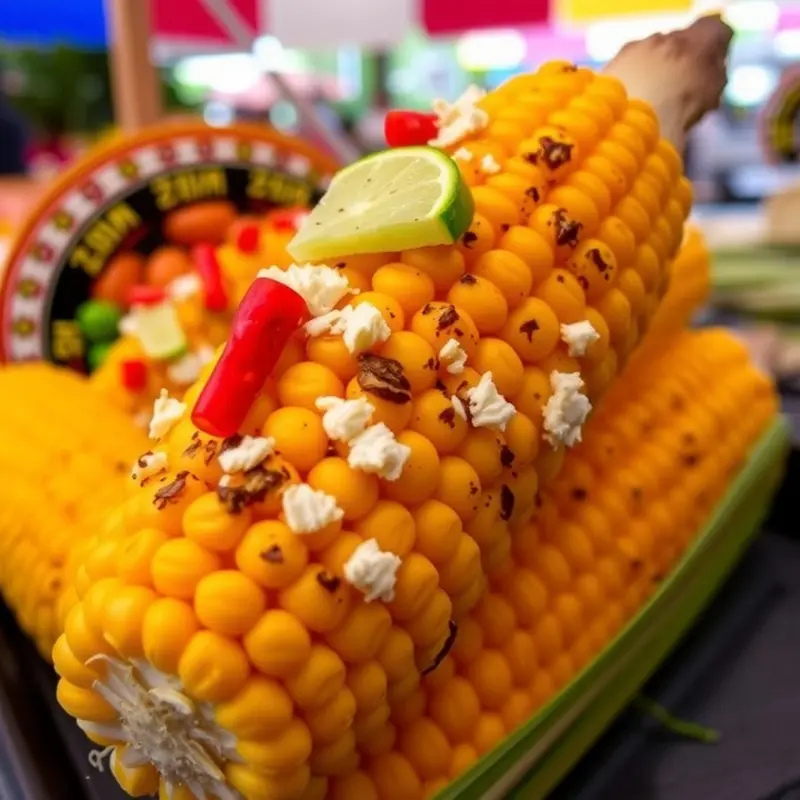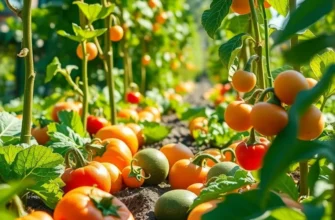From the charred aroma wafting through Spanish streets to smoky delights in Mexican kitchens, fire-roasted foods celebrate humanity’s age-old connection to fire. These vibrant dishes reflect not only regional ingredients but cultural heritage that has been passed down through generations. Join us as we savor the essence of this cooking method, exploring how fire-roasting enhances flavors, transforms ingredients, and ties communities together across the globe.
Charred Love: The Spanish Asado

The asado is more than just a meal; it is a cherished celebration of community and flavor in Spain. Originating as a rustic way of cooking over open flames, the Spanish asado has evolved into a rich tapestry of regional styles, each offering its unique twist on this timeless tradition.
In the north, especially in regions like Galicia, the asado bears a strong relationship with the bounty of the sea. There, locals often prefer grilling a variety of seafood, including octopus and sardines, imparting a charred smokiness that enhances their natural flavors. The subtle infusion of salt from the nearby ocean helps to bring out the essence of these maritime delights, transforming a simple grill into a palette of savory and briny nuances.
Moving south to Andalucía, the asado takes on a vibrant personality with influences from Moorish culinary traditions. Here, spices such as paprika, saffron, and cumin are essential, infusing meats with a distinctive warmth and aroma. A common sight is the preparation of lamb, marinated lovingly with spices and often whole-roasted over an olive wood fire. This method fills the air with a fragrant smoke that permeates the meat, making each bite a testament to centuries-old customs.
In the heart of Spain, particularly in Madrid and Castilla-La Mancha, asados center prominently around robust flavors. The choice meats, ranging from pork to beef, are typically marinated with garlic, rosemary, and thyme, then grilled to perfection. The asado here is a hearty feast, emphasizing the succulent richness of the meats, which acquire a crispy, caramelized crust thanks to the attentive managing of heat and fire.
Beyond regional techniques, the true essence of the asado lies in its ability to unite people. It is an event rather than a meal, a gathering where family and friends share stories and laughter around the fire. The act of preparing and partaking in an asado fosters a sense of togetherness, creating memories as fond as the flavors enjoyed.
Asado provides an authentic culinary experience that captures the spirit and heritage of Spanish cuisine. Its allure not only lies in the succulent results of fire-roasted food but also in the rituals and camaraderie that accompany it. For those interested in exploring the asado culture further, understanding ingredient alternatives can help embrace this tradition while catering to diverse dietary needs. To discover more about substitutions in traditional cooking, you can explore options such as non-dairy and other substitutes in this guide.
Partake in an asado to immerse yourself in a tradition where taste and togetherness blend seamlessly over the warmth of a fire. In doing so, you’ll not only indulge in the distinct charred flavors but also contribute to the continuity of a beloved communal ritual.
Embers of Tradition: Mexican Street Corn

Few foods capture the soul of a vibrant culinary tradition quite like elote, the flame-charred Mexican street corn. This delightful blend of smoke, lime, chili, and cheese is more than a dish; it’s a cultural artifact—passed through generations and bonded to countless street corners throughout Mexico. Underneath its simple ingredients lies a rich story of regional ingredients, local ingenuity, and communal spirit.
The preparation of elote is a performance as much as it is a culinary endeavor. Fresh ears of corn, still in their husks, are first soaked in water, usually to prevent burning. Then, they are roasted over open flames until the kernels deepen in color and blister, releasing their sugars in a caramelizing dance.
At the heart of this tradition is the bustling rhythm of the street vendors whose unassuming carts are equipped with fiery grills. Those grills are often little more than recycled oil barrels fashioned into mobile stovetops, where the heat of the flames gives the corn an unmistakable char.
Once roasted, each ear of corn is slathered generously with crema or mayonnaise—both imparting a creamy offset to the corn’s natural sweetness. The layering continues with a dusting of sharp cotija cheese. This aged cheese, known for its crumbly texture and salty bite, is what transforms the corn into a balanced symphony of flavors.
Chili powder is added in varying quantities, catering to each palate’s threshold for spice. A final flourish of fresh lime juice enlivens the senses, adding a citrusy brightness that cuts through the indulgence. Together, these ingredients create a tapestry of flavors unmatched in their contrasting yet complementary nature.
Beyond its delectable flavor profile, elote serves as a canvas for Mexico’s rich cultural tapestry. Each region in Mexico leaves its own imprint on the dish. In the streets of Oaxaca, a hint of smoky chipotle might find its way into the chili mix. Meanwhile, in Mexico City, you might discover a hint of garlic or additional herbs finely chopped and sprinkled over the top.
Food enthusiasts interested in this type of culinary exploration might appreciate the culinary influences of trade, observing how this dish reflects a confluence of native traditions and foreign elements.
Elote is often enjoyed as a social food, a common bond that connects vendors and patrons alike. It’s not uncommon to see groups gathered around elote stands, sharing stories, smiles, and that universal camaraderie engendered by good food. This communal aspect underscores the social roots of Mexican cuisine: it is food that binds communities as much as it delights the senses.
As we savor every bite of this beloved street food, we partake in a ritual that celebrates simplicity and satisfaction; a tradition that embodies the Mexican spirit of resilience and innovation. The flavors of elote remind us that even in simplicity, there can be profound depth and richness, drawing together history, culture, and community in every charred kernel.
Final words
The exploration of fire-roasted foods reveals the artistry and cultural richness embedded in culinary traditions around the globe. Techniques like the Spanish asado and elote preparation in Mexico illustrate how fire not only crafts flavors but also cultivates community and memories. Such foods transcend mere sustenance, creating bonds among families and friends. Next time you indulge in fire-roasted delicacies, remember that with every bite, you’re partaking in a beautiful legacy of culture that connects us all through taste and experience.








